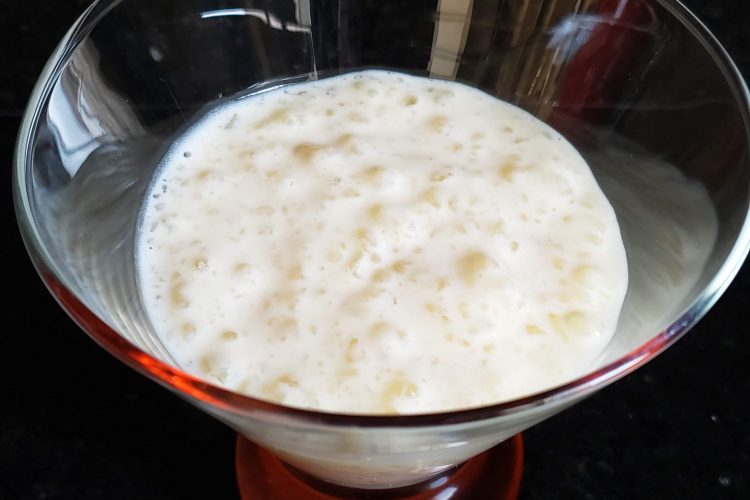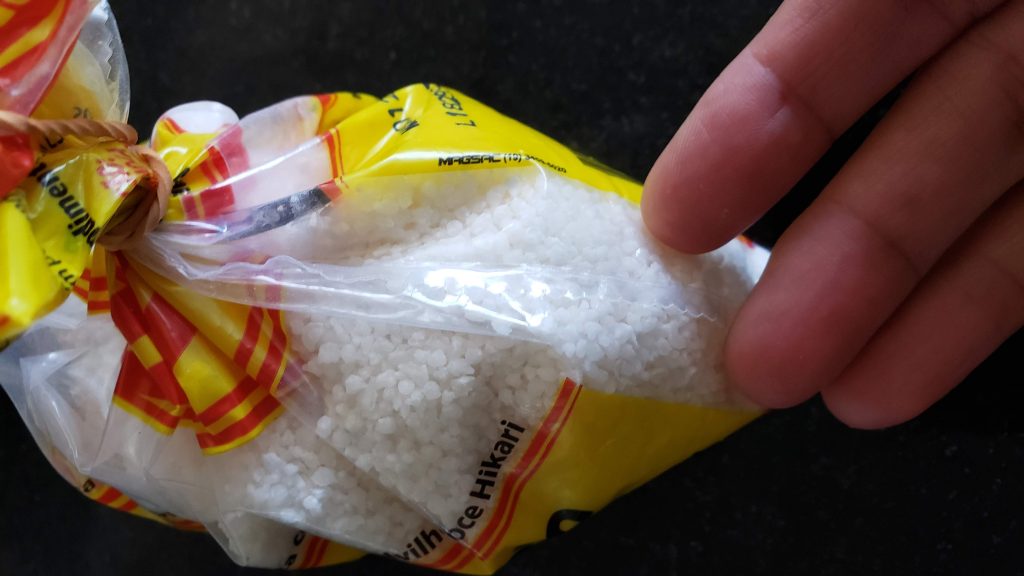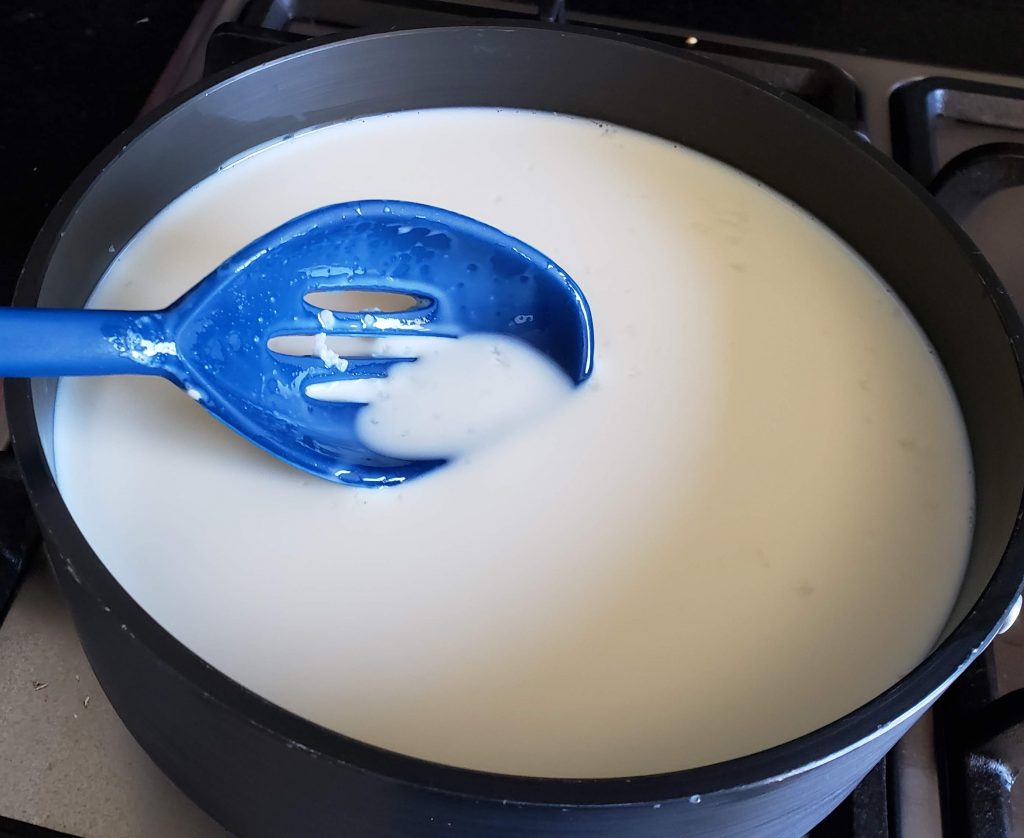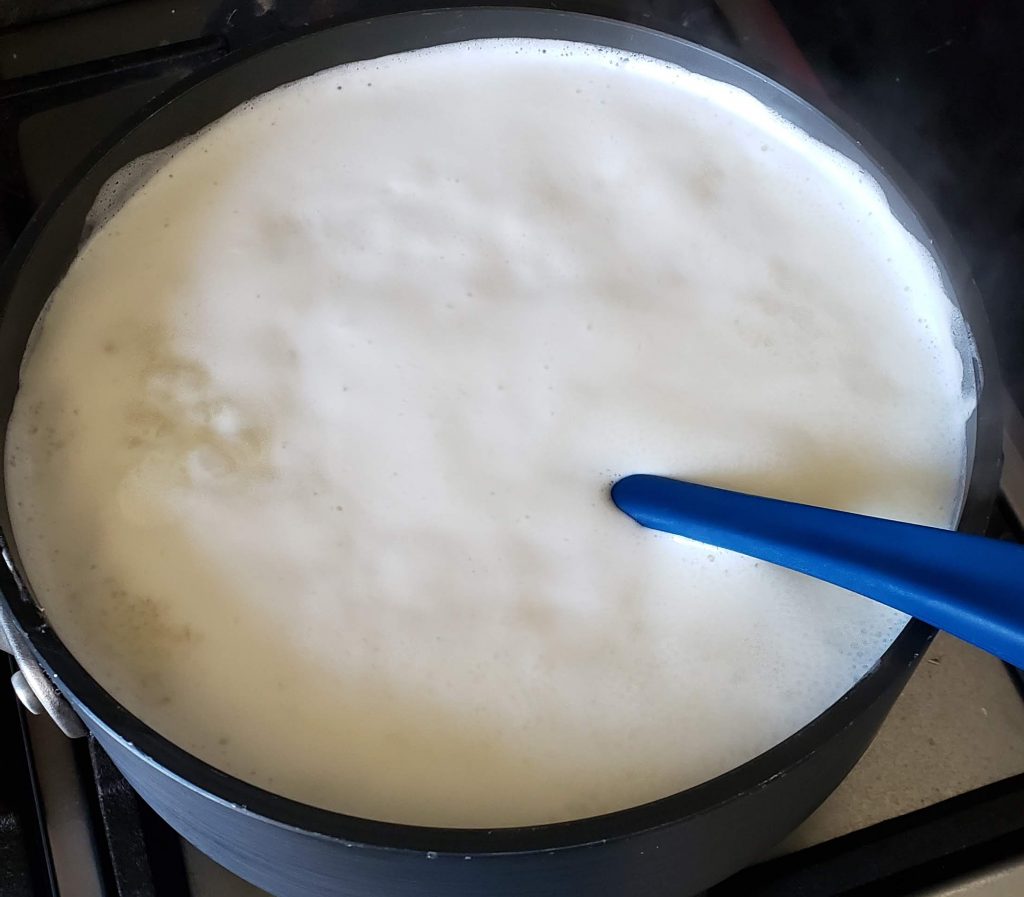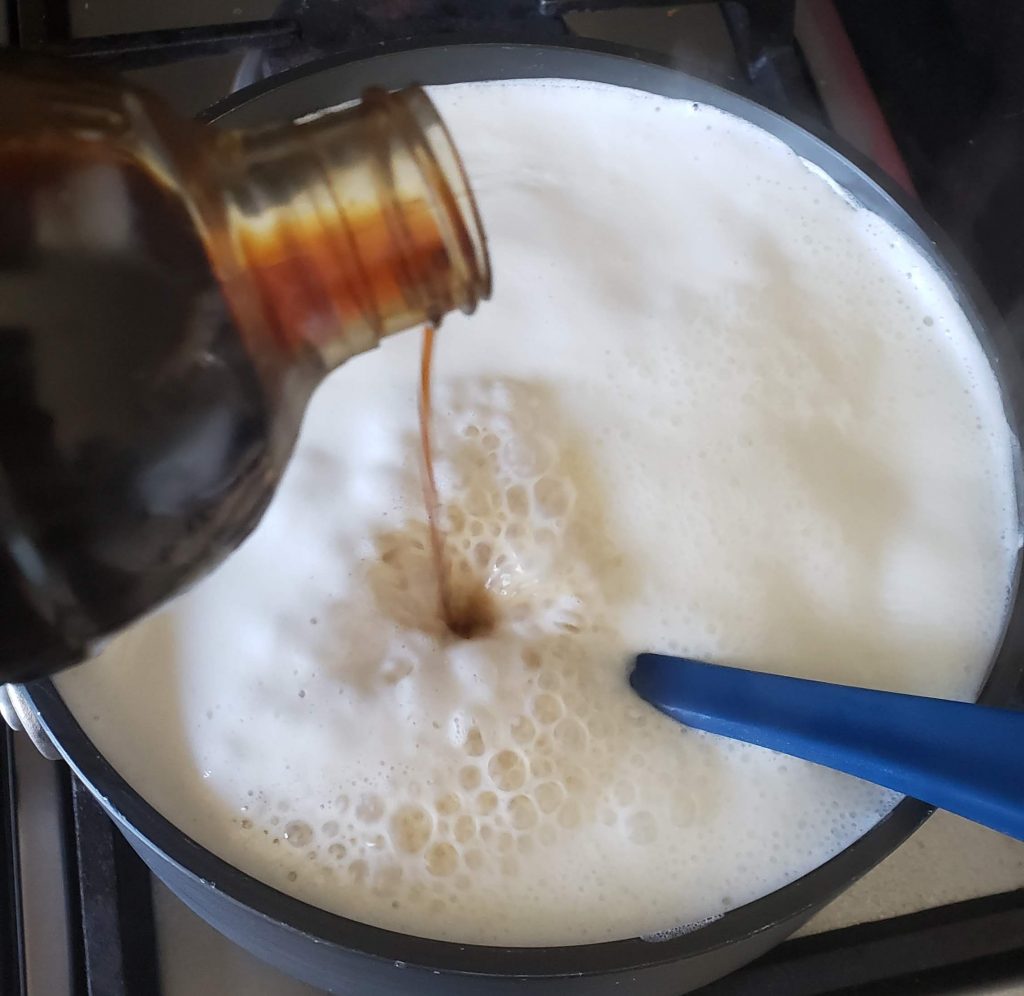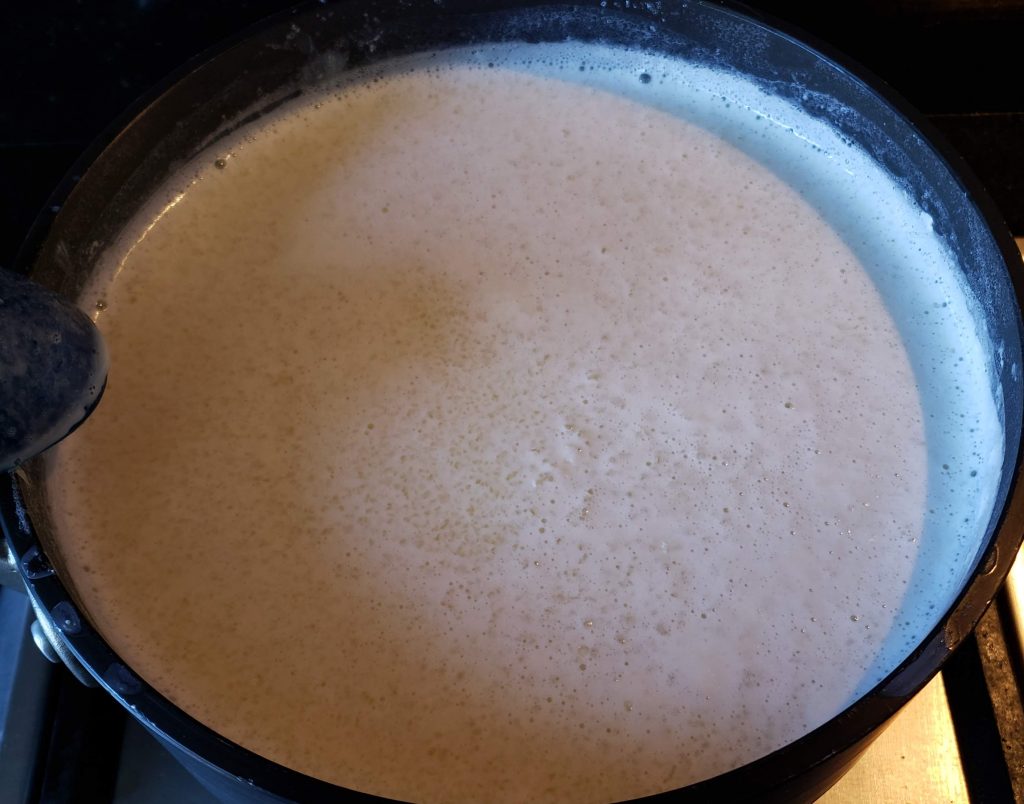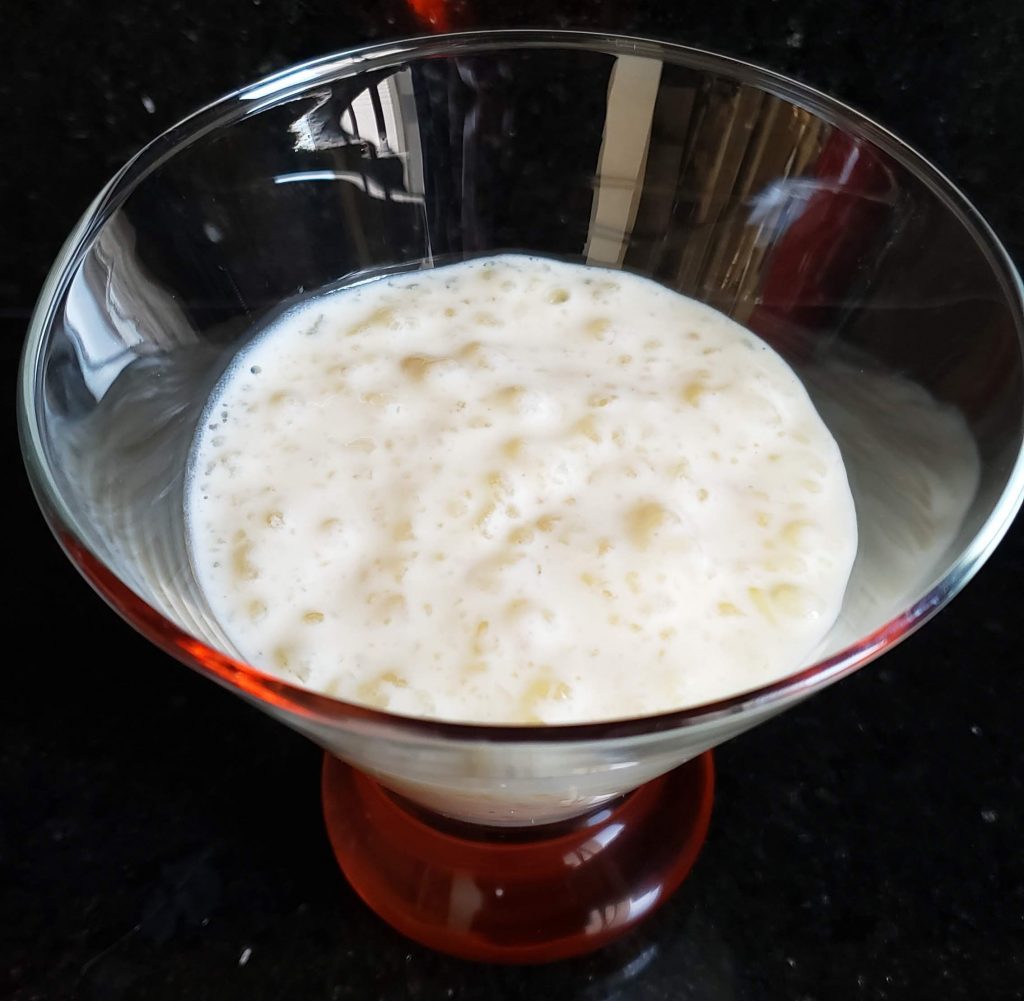This quick and simple gluten-free dessert is terrific on a cold day. I normally serve this to my kids as an after school snack.
Prep time: 5 minutes
Cooking time: 15 minutes, plus 30 minutes rest before and after
Yield: 4-6
INGREDIENTS
- 2 1/2 cups whole milk
- 1/3 cup sugar
- 1/2 teaspoon salt
- *3 tablespoons minute tapioca
- 1 teaspoon vanilla
INSTRUCTIONS
1.Add all the dry ingredients to a 1-quart anodized aluminum or nonstick saucepan. Pour in milk and let sit for 30 minutes at room temperature.
2. Place saucepan over a burner set at medium heat and give all the ingredients a good stir. Let the mixture come slowly to a rolling boil while stirring occasionally to keep milk from scorching.
3. After the mixture comes to a boil, continue to cook while stirring constantly for another 2-3 minutes. Add vanilla and turn off the burner. Let cool for at least 20 minutes and serve either warm or cold.
Note: Tapioca turns clear, swells up, and floats to the top when it is cooked.
Tapioca pudding will thicken in the refrigerator to a jelly-like consistency.
It is delicious when served with fresh fruit over it. We like fresh berries, but peeled peaches (defrosted), sliced plums, or chopped mangoes would also be good. The possibilities are limitless.N
Note: * This ingredient may be purchased at your local Indian grocer. For this reason, I have given you the name of the product both in English and Hindi as that is the name (written phonetically in the English alphabet) you will find it under when you go shopping.
The list below specifies:
- The name of the food;
- The flavor/texture it imparts;
- How it may be used; and, finally,
- It’s nutrition.
Sabudana (Tapioca pearls) – Chewy, bland. Used in different sizes from powders (for bread making), small pearls (puddings) to large pearls (used to make bubble tea). Tapioca is used for both sweet and savory dishes. It is also used as a thickening agent in sauces in place of corn starch. Sometimes confused with Sagu as they are similar in appearance both in their raw form and cooked form. Think of them as brothers from another mother. According to www.nutritionvalue.org, tapioca consists mostly of carbohydrates where 100g contains nearly 360 calories and 40 carbs. Sagu, although nearly the same in calories is even higher in carbs at 83 g per 100g of Sagu. Both tapioca and Sagu have very little nutrition otherwise. Although, both Sagu and tapioca are a good option for those that have allergies to gluten, or grain; and, both contain very little cholesterol, fat, or sodium.
Written by Anju Kapur of Anju’s Table. All content and images on this site are copyright protected. Please do not use any of my images without my permission. Should you wish to share this recipe on your site, please add a link to this post as the source.
